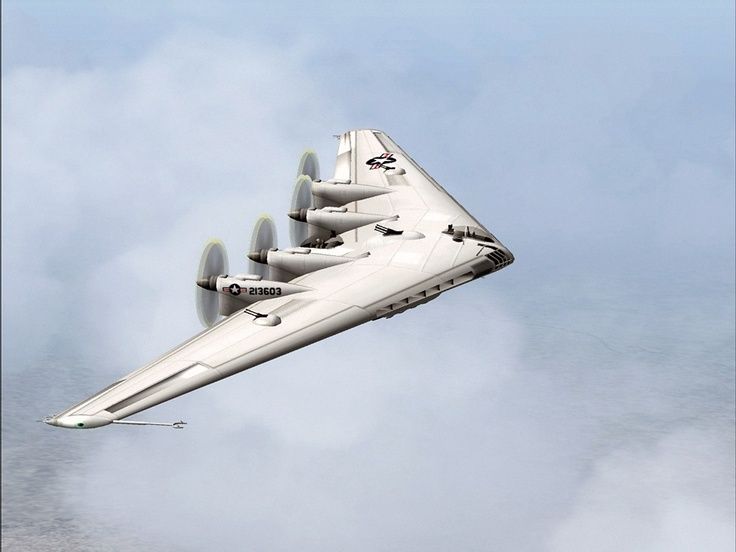@Jangel13 So that would be a guaranteed TPK then. Quite literally, "Rocks fall. Everybody dies." Good thing I wasn't planning that kind of thing at all. Challenging a deity is only a viable path if you have a way to both kill and replace them. That's two major kinds of power that all of the current players combined couldn't even get close to. So, no. I'm not that stupid or chaotic. Evil maybe... but not that chaotic.
Haeo Member
One Who Listens Deeply
STATUS: Pirates, monsters, magic, islands and no civilization to steal from. Hmm. 3 yrs agoStatus
Recent Statuses
3 yrs ago
Current
Pirates, monsters, magic, islands and no civilization to steal from. Hmm.
5 yrs ago
Now, what happens when you have a bunch of monsters that were living in a forest and they get transmigrated into a futuristic urban setting?
6 yrs ago
I know that few, if any, people on this site would be interested in it... but... I just got an idea for a SAO/GGO/XCOM/UFO crossover... fun tingles...
6 yrs ago
Life has never given mankind sufficient time... nor sleep... nor comprehension. If it had, we would have stopped trying.
2
likes
6 yrs ago
It can be greatly refreshing to return to a thing that one has long loved.
3
likes
Bio
User has no bio, yet
Most Recent Posts
@Jangel13 Oh, gosh... I had thought of that but it didn't seem like a worthwhile endeavor. Now that you bring it up though... hmm.
On a more direct note. That modification would reduce the progression tree to the following.
On a more direct note. That modification would reduce the progression tree to the following.
@Jangel13 Alright, so at present the weakest part of the tree is the element that concerns the goddesses. If that were simply removed would there be any other problems that need to be corrected?
@Jangel13 Feel free to modify or retool it as needed.
More importantly, are there any important distinctions or world elements that I'm still not understanding? If so, that's something that I need to know before I concoct any further submissions.
More importantly, are there any important distinctions or world elements that I'm still not understanding? If so, that's something that I need to know before I concoct any further submissions.
@Jangel13I was trying to work within the existing framework. Thus, I'm glad that you can't tell any functional differences. As for artifacts, I suppose that I meant 'gifts of the gods'. It could be anything that the deity might consider a worthy gift for their up and coming follower from a sword with a blade that is only visible to the wielder to a flying mount or armored gauntlets that allow extremely fast digging, even through rock. When gods go up against each other through followers, if historical mythology is any guide, they usually use a combination of blessings and gifts to strengthen their chosen elite while all their followers get blessings.
Furthermore, the entire tree is merely a suggestion. I am but a sideline idea man. I do hope that part of it is useful at least.
Furthermore, the entire tree is merely a suggestion. I am but a sideline idea man. I do hope that part of it is useful at least.
@Jangel13 It does. It also means that Shirila and Duevlena would be fighting over anyone who gets to the Shaman stage since they'd be "undecided". Perhaps those who wish to advance beyond Shaman along that tree should have to choose between tasks or quests offered by Shirila and Duevlena. If they choose to follow neither path then they end up with the balanced road, basically staying out of the rivalry and giving up any chance for the greater blessings and such. If they do choose one goddess and achieve the goal set out for them then they gain some kind of artifact as a reward?
@Jangel13 It could be done exclusively as well, with the worship of the one being abandoned. However, what I had in mind was how common it is for different people in the same religious group to be drawn to distinct spiritual methods. Everyone is trying to get to the same place but they all try different paths, to one extent or another. In this case, the viability of this approach seems to lean on these questions. How jealous are these deities? Are they opposed and in conflict, indifferent and parallel, or allied using their differing specialties for a combined goal? And, as things stand, I am not the one who can answer these questions.
So, if the particular nuances of dual worship strike you as being incompatible with your world then that is a thing that would have to be changed somehow.
So, if the particular nuances of dual worship strike you as being incompatible with your world then that is a thing that would have to be changed somehow.
@Dynamo Frokane Understood. I'll await on high. It'll give me time to compose my intro too.
© 2007-2024
